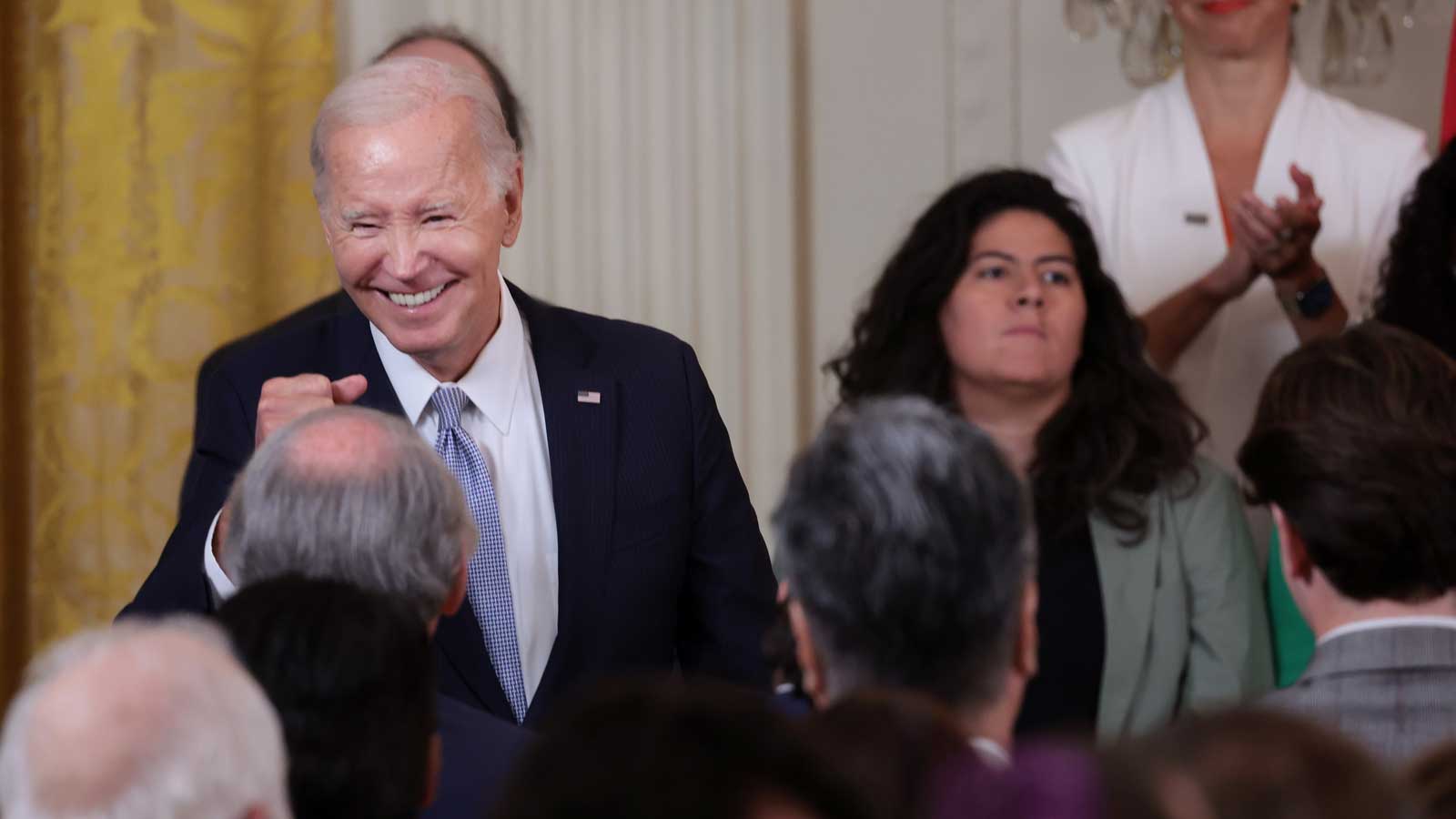On August 16, 2022, President Biden signed the Inflation Reduction Act into law. Over a year later, its climate provisions remain a hot topic.
The law’s proponents argue that it’s created a boom in domestic manufacturing jobs within the United States while paving the way for significant climate pollution cuts. Its opponents claim that by accelerating the transition to clean technologies like electric vehicles and solar panels whose main components are predominantly made in Southeast Asia, the Inflation Reduction Act is increasing U.S. dependence on Chinese manufacturing.
But though China does play an outsized role in the manufacturing of clean energy technologies, the Inflation Reduction Act’s authors included provisions specifically seeking to remedy the situation by onshoring more of that supply chain within U.S. borders.
China is dominating the global clean energy transition
It’s important to first understand that the global transition to a clean energy economy is already underway. According to the International Energy Agency, 14% of new cars sold around the world in 2022 were electric vehicles, commonly called EVs. That’s up from less than 5% a mere two years earlier. The EV share is forecast to reach 18% of new car sales this year and continue rising rapidly.
In the second quarter of 2023, EVs accounted for more than one-quarter of new car sales in California. Nationwide, the Environmental Protection Agency has forecast that if its new tailpipe pollution rules go into effect, about 60% of new U.S. car sales will be EVs in 2030. But the International Energy Agency notes that China dominates global EV battery production: “China produces three-quarters of all lithium-ion batteries and is home to 70% of production capacity for cathodes and 85% for anodes (both are key components of batteries). Over half of lithium, cobalt, and graphite processing and refining capacity is located in China.”
The story is similar for solar panels, which are forecast to account for a rapidly rising share of electricity production both in the United States and globally in the coming years. Though solar panels account for just about 5% of electricity generation in the United States today, that number is forecast to jump to over 25% by 2030. Much like EV batteries, China manufactures more than 80% of the world’s solar panels.
So the fear that the clean energy transition could increase U.S. reliance on Chinese manufacturing is a reasonable one. In fact, it’s a fear that the authors of the Inflation Reduction Act shared and sought to remedy through provisions in the law.
The Inflation Reduction Act brings clean energy manufacturing onshore
Sen. Joe Manchin, a Democrat from West Virginia, was one of the architects of the Inflation Reduction Act and its key 50th “yes” vote in the Senate. When the bill’s text was introduced in the first week of August 2022, he wrote about its intent to “invest in domestic manufacturing supply chains, creating jobs in North America while reducing our reliance on China.”
For EVs, the Inflation Reduction Act aimed to accomplish that goal through domestic battery component sourcing requirements. In order for an EV to qualify for half of the potential $7,500 federal tax credit available to consumers, most of its battery’s critical minerals must have been extracted or processed in the United States or a country with a free-trade agreement, or have been recycled in North America. And to qualify for the other half of the potential tax credit, most of the battery’s components must have been manufactured or assembled in North America.
Read: Checklist: How to take advantage of brand-new clean energy tax credits
For clean energy technologies like solar panels, the Inflation Reduction Act includes a “domestic content bonus.” On top of a baseline 30% tax credit for clean energy projects like installing solar panels and wind turbines, those that are largely sourced from the United States and satisfy certain prevailing wage and apprenticeship criteria qualify for up to an additional 10% bonus tax credit.
As Sen. Manchin noted, these domestic requirements to qualify for the EV and clean energy tax credits were specifically intended to incentivize companies to build up the domestic supply chains for these technologies rather than continuing to rely on Chinese manufacturing. And it appears that these incentives have already begun to achieve their goal.
U.S. clean energy manufacturing is booming
A nonpartisan group called E2 (Environmental Entrepreneurs) has been tracking the new clean economy projects, expansions, and production announced across the U.S. since the Inflation Reduction Act was passed. By their count, so far there have been 223 such projects announced across 39 states, amounting to over $88 billion in total domestic clean energy private investments and creating over 78,000 jobs in the process.
Nearly 100 of these new clean energy projects involve domestic EV, battery, and/or charging station manufacturing, and nearly 33 involve domestic solar panel manufacturing.

Republican-leaning states have benefited from more of these projects than Democratic-leaning states. In fact, 86% of the private investment and 72% of the jobs created have gone to districts with Republican representatives who voted against the Inflation Reduction Act.
Bottom line: Inflation Reduction Act proponents are likely correct
Although China currently dominates clean technology manufacturing, the Inflation Reduction Act included provisions specifically aimed at boosting the U.S. clean energy supply chain. Moreover, the global transition to clean technologies like solar panels and EVs is inevitable and ongoing as they become increasingly cheaper than fossil-fueled alternatives and as countries take action to meet their Paris climate commitments.
The bill’s opponents have not proposed measures to remedy this situation other than efforts to delay the clean energy transition in the United States. Such delays would leave the U.S. further behind as China increasingly dominates the new global clean energy economy. Conversely, the Inflation Reduction Act’s domestic production tax credits have already proved successful in incentivizing hundreds of domestic clean energy manufacturing projects, thus addressing the concerns voiced by the law’s opponents.
Source link


